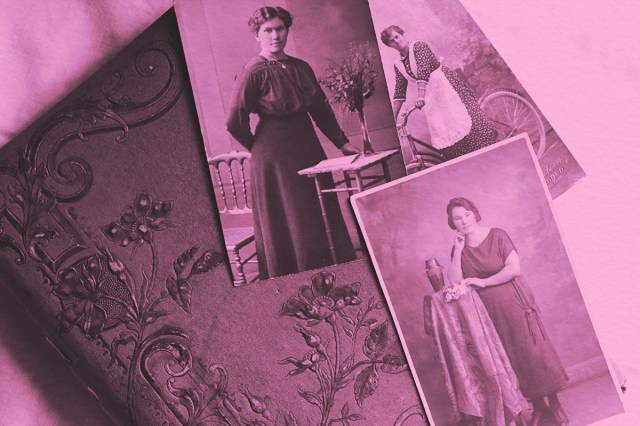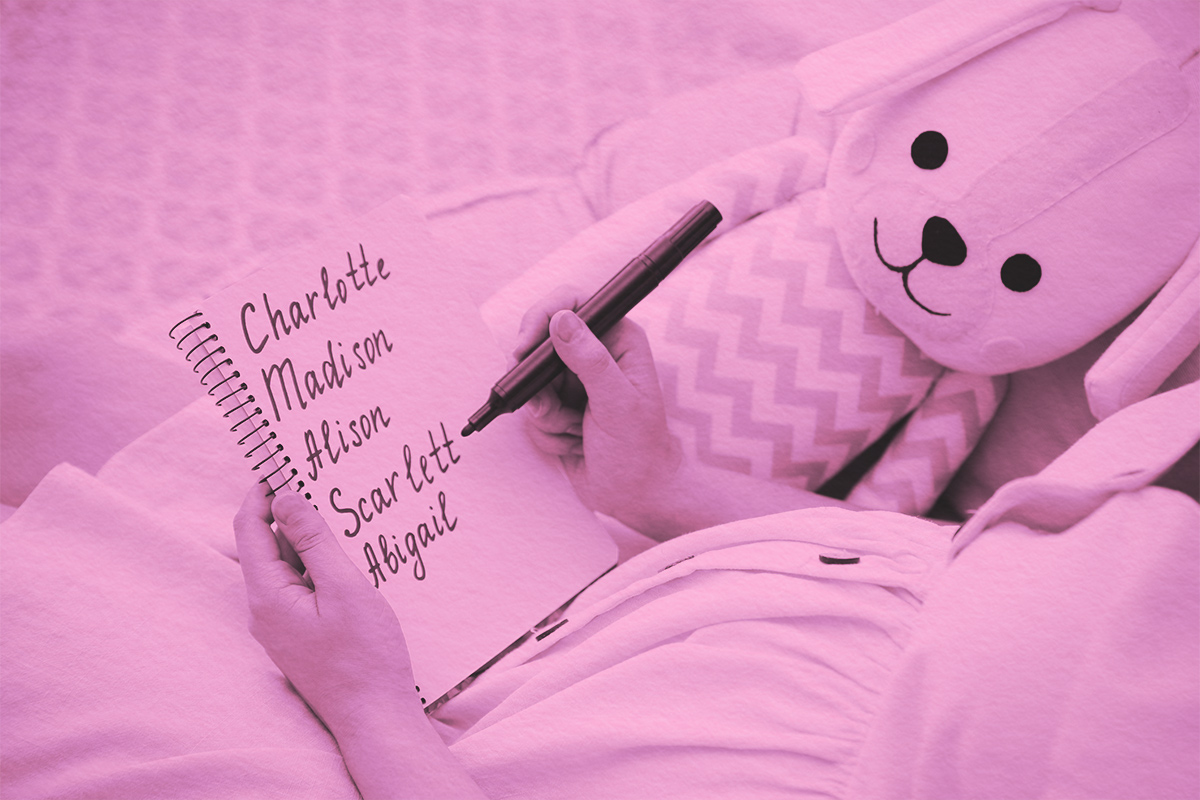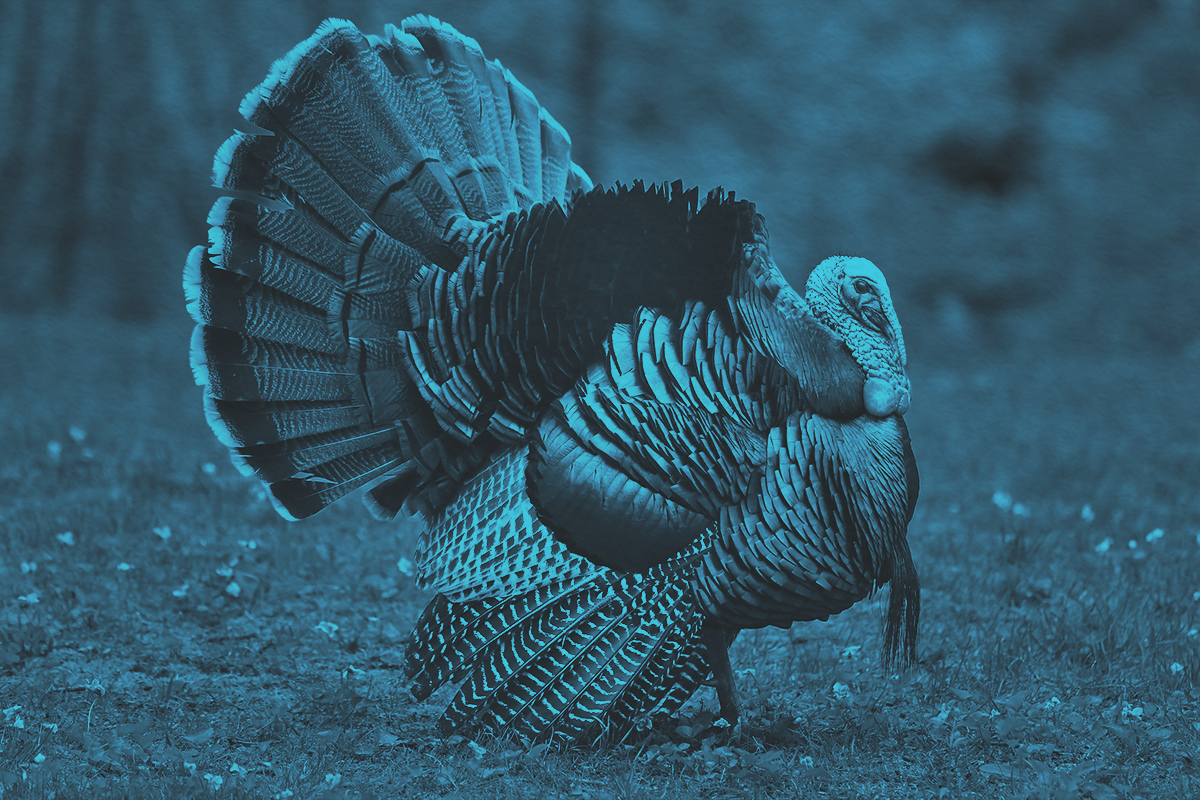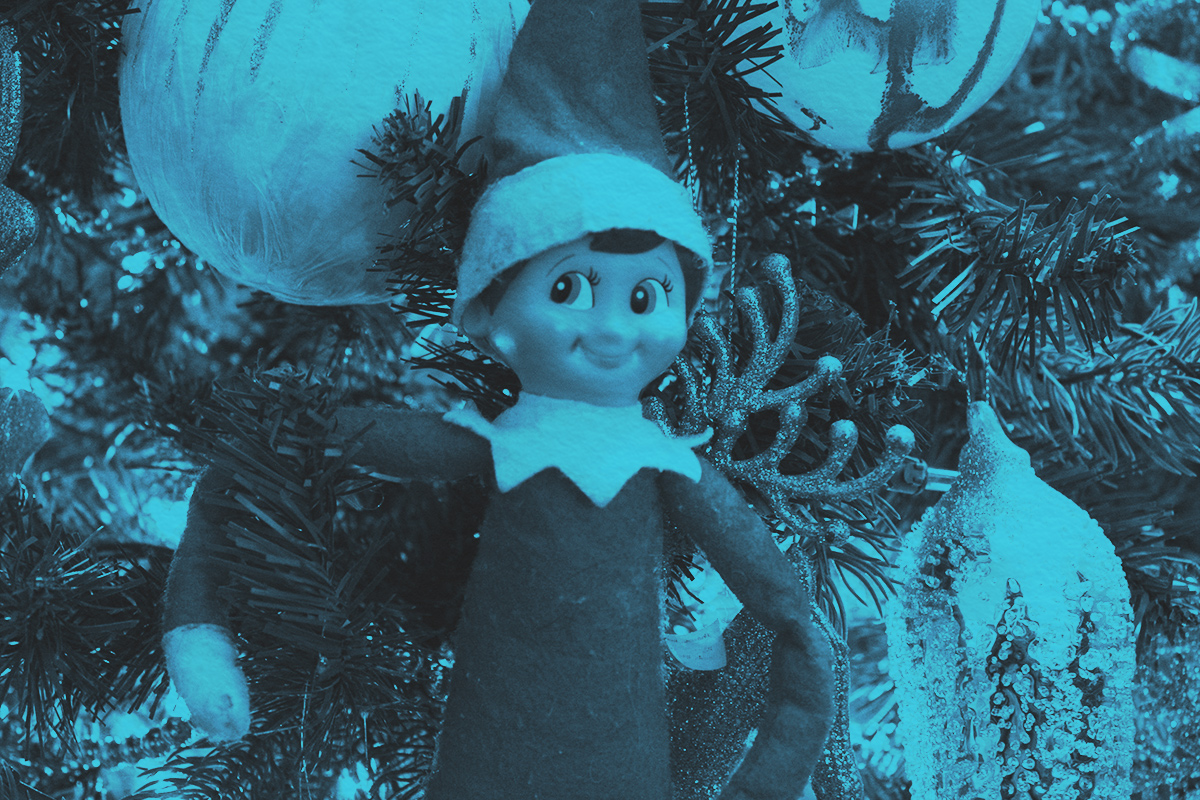
If you live in a very small community, first names alone might suffice to differentiate one person from another. Almost 1,500 years ago, this was exactly how people identified themselves. But as clans grew larger, surnames (literally meaning “additional names,” coming from Anglo-Norman French) were required.
Surnames (last names) were not widely used in England until the Norman Conquest in 1066. Then the introduction of parish registers in 1538 fostered the use of hereditary surnames. By the end of the 16th century, in many parts of Western Europe, surnames had been passed down through generations and become fixed in spelling and use. The common practice in many cultures was to create a surname based on the first name of an ancestor — these familial names are called patronyms and matronyms.
A patronym is a surname based on a father’s first name, and a matronym is based on a mother’s. “Patronym” is from the Latin pater (“father”), the source of words such as “patriarch,” “patron,” “paternity,” “patronize,” and “paternalism.” “Matronym” is from the Latin mater (“mother”), the root of “matrimony,” “matron,” “maternity,” “matriarch,” and “matrix.”
You might be able to reasonably guess that someone with the last name O’Sullivan has Irish heritage — many last names that clearly indicate a certain country or culture are patronyms. In England, it was common to add an “s” to a name, giving us patronyms such as Peters, Phillips, Rogers, and Williams. The prefixes “O-,” “Mac-,” “Mc-,” and “Fitz-” generally indicate an Irish patronym, such as O’Reilly, MacCormack, and McDonald. Scandinavian patronyms, such as Carlson, Jensen, and Gibson, are recognized by a “-son” or “-sen” suffix.
Patronyms aren’t exclusively an Anglo-Saxon legacy. “Di-” or “D-” indicates Italian heritage, as in D’Agostino and DiMarco. An “-ez” suffix indicates a Hispanic patronym, as in Dominguez, Fernandez, and Enriquez. Adding “-ov” to a Russian first name creates patronyms such as Ivanov, Popov, and Petrov. “Ben” and “Bin” are used for patronyms in Hebrew and Arabic-speaking cultures, such as Ben-David and Bin Youssef.
Matronyms as a modern last name are much less common. Historically, in some cultures they were given to children of unwed mothers, children whose fathers died before they were born, when a father’s name was foreign or difficult to pronounce, or when a woman was especially well known.
However, matronyms are more common in certain cultures. In the Eastern European Ashkenazi Jewish culture, many surnames come from the matrilineal line: Rochlin (Rachel), Rivlin (Rivka), Sorkin (Sorka), Zeitlin (Zeitl), Feiglin (Feige), and Dworkin (Dvora). Most traditional Icelandic surnames are patronyms, but some are matronyms: Helguson (“Helga’s son”), Minervudóttir (“Minerva’s daughter”), and Helgadóttir (“Helga’s daughter”).
Given names are a special identifier chosen for each person, while surnames connect family members. Those with patronyms and matronyms are sharing a piece of their ancestral story every time they say their names.





















